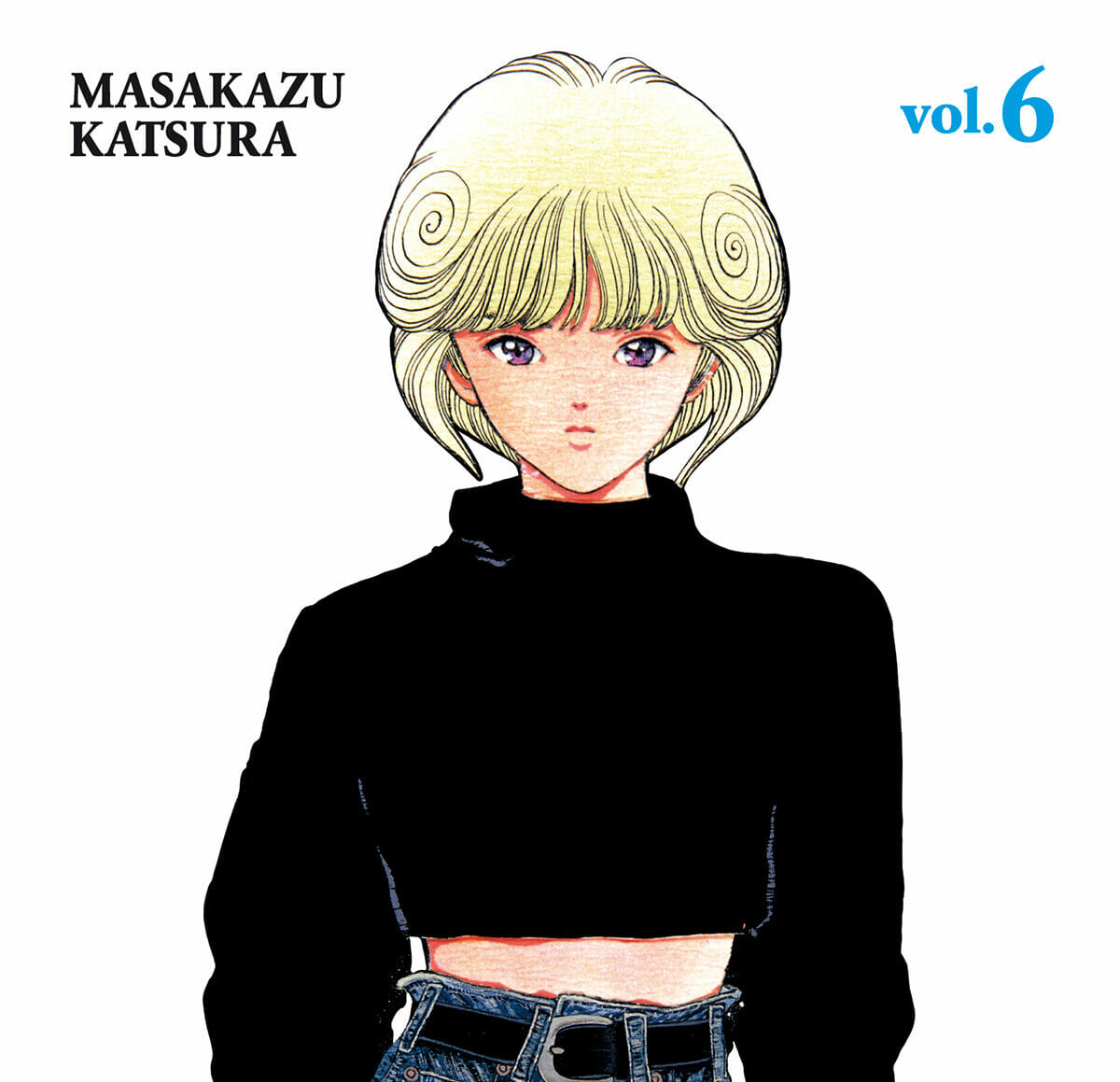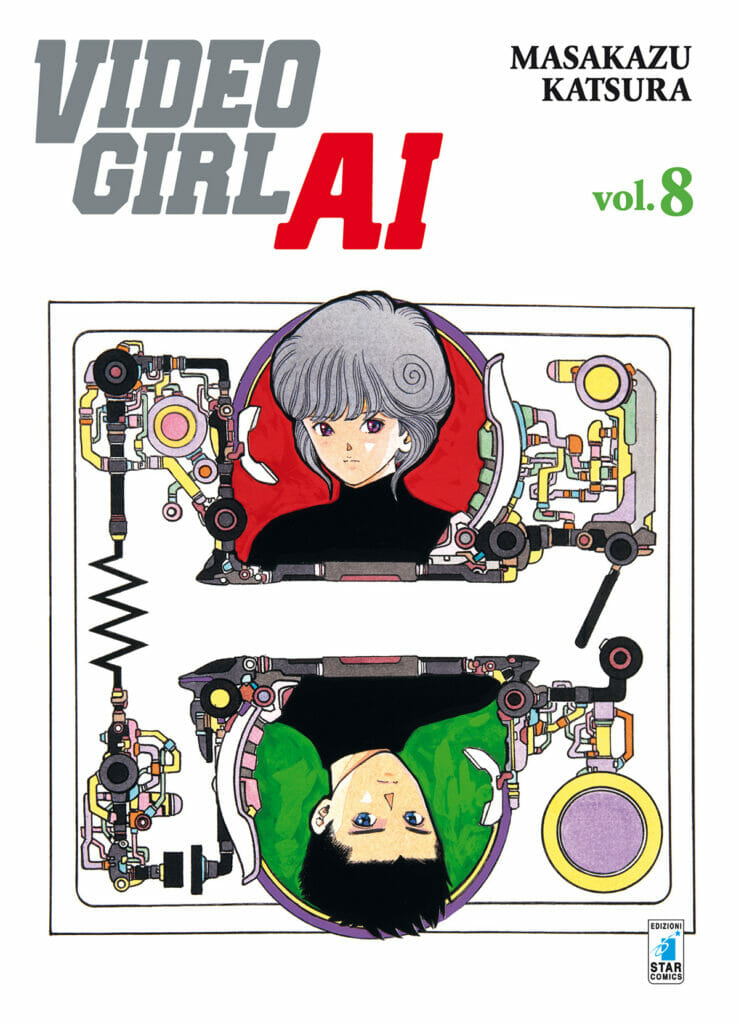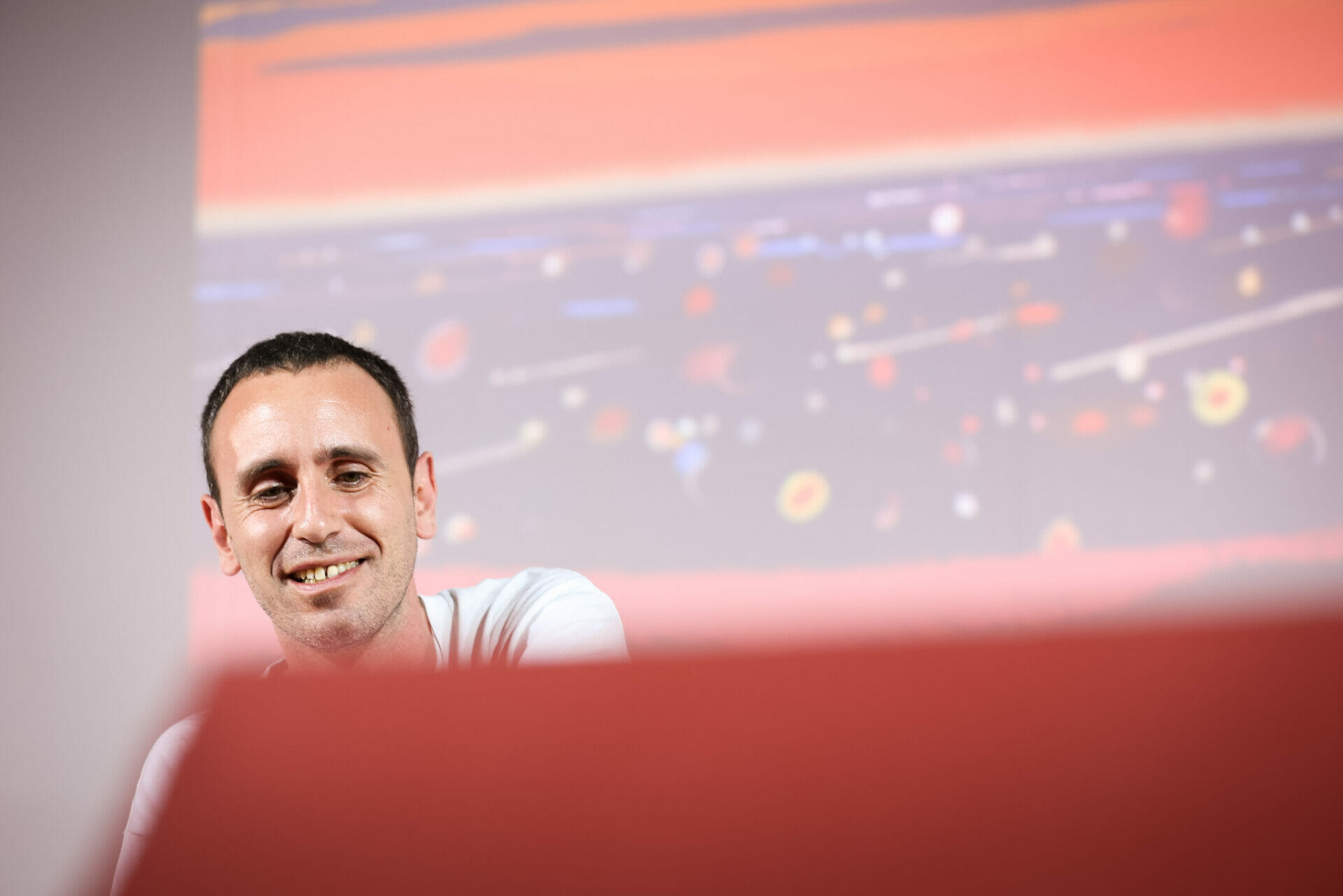
Video Girl Ai | A sci-fi tale of love and maturity
Author
Year
A beautiful girl falls out of the TV and she is willing to satisfy any wish. This is like a dream for the Video Girl Ai protagonist, the love-deprived high-schooler Youta Moteuchi. Unable to tell his crush Moemi, the pretty girl of the school, about his true feelings, Youta’s life changes when he meets video-girl Ai Amano. With her, Youta will grow up from a clumsy teenager into an adult. For her part, Ai will learn the meaning of love and the joy of living.
In Video Girl Ai love and growth go together
Published on Shounen Jump by Masakazu Katsura, author of manga like Zetman and character designer of games like Astral Chain, Video Girl Ai is a combination of teenage love adventures and sci-fi drama. Similar to Sailor Moon, with which shares the urban fantasy and romance mixture, Video Girl Ai entwines typical slice-of-life moments with dramatic events. As such, the manga alternates between light events like having fun at the beach and life-or-death situations like fighting against godlike beings.
This duality is exemplified by protagonists Youta and Ai. Their stories follow parallel tracks that constantly meet, creating an opportunity for both to grow up. Initially, Youta is the typical shounen protagonist, a dorky boy who follows silly advice on men’s dating magazines. Ai, on the other hand, is an artificial girl striving to become a real person and she will manage to do that thanks to the feelings she will develop for Youta.
Youta Moteuchi, a teenager’s journey to maturity
While not as emotionally stunted as Neon Genesis Evangelion‘s Ikari Shinji, Youta is still an immature boy. Katsura paints a realistic portrayal of teenagers, replicating the anxiety and over-excitement of Youta’s mind. The boy overthinks his actions and second-guesses every interaction he has. Meeting with Ai is the catalyst for change. His relationship with Ai is the first occasion to really make a connection with and understand another person. Because of this, he’s at last able to ask Moemi out.
His teenage romance is a classic rollercoaster of joy, exploring each others’ bodies, misunderstandings and break-ups. At the same time, shocks like an attempted rape or the death of a friend push Youta out of his immature dream world. Youta realises the importance of others’ desires and that his problems are not always the most important. Eventually, he turns confident enough to pursue his dream of becoming an illustrator and realise his love for Ai.

Ai Amano, a tomboy Pinocchio
Created as a doll to comfort men, Ai’s voyage is one of self-discovery. Born out of a damaged video recorder, her time as a person is limited by the length of the tape. The damage lets her develop a sense of self. Initially suppressing her emotions towards Youta, she eventually accepts her love for him. Like in Pinocchio, Ai wants to become a real person. As such she explores human nature by joining Youta at school. Unlike in Collodi’s story though, Ai has to fight her own father, a supernatural being trying his best to send her back to the VHS. Fighting for her right to exist, Ai declares her autonomy as a human being, worthy of existing not just as Youta’s toy or as a virtual figure.
This independence is embodied by Ai’s tomboyish attitude. Because the source of her personality is broken, the tape from where she came out, also her personality is quirky and uncommon: she’s not a cute and compliant girl, instead she’s brash and aggressive. Going against the Japanese ideal of feminity makes Ai an outcast compared to the other girls. Ultimately, this is what Youta and Ai bond through.
Clothes: between style and character growth
Katsura uses his skills as designer to perfectly depict clothes. At the same time, clothes are a representation of characters’ status and growth. Initially, Youta wears cowboy-inspired outfits suggested by men’s magazines, copying countless other boys and looking silly. Throughout the story, then, he undergoes various style changes, ultimately settling for a much plainer look, with jeans and shirts, symbol of his arrival into adulthood.
However, Katsura gives most of his attention to Ai. The girl is often a model for the author, who showcases her body clad in trendy 80s urban attire in panels dedicated to fanservice. At the same time, Ai’s outfits are quite unfeminine. Her baseball caps, sneakers and especially pants are an extention of her rebellion against her origins and symbol of her uniqueness. Her masculine style is even envied by other girls, as Ai is free from social conventions and able to capture Youta’s attention much more with her singular style.
Beyond the tape
Video Girl Ai, with its covers offering a sci-fi take on Alphonse Mucha, has reached a cult status in the West. As it was often one of the first manga read by teens, it was dubbed a gateway drug to Japanese pop culture. In Japanese versions, the manga is called simply Video Girl. It includes a prequel and a short spin-off dubbed Video Girl Len. Production I.G. adapted the first four volumes, with an Original Video Animation in 1992. Moreover, in 1991 a live-action film was released. In 2018, a sequel TV series called Video Girl Ai ~2018 was broadcasted in Japan, which continues the story, following Youta’s nephew.
Tag
Buy a ☕ for Hypercritic









